Diog advice: Dog collar or Dog harness?

This is one of the first questions every new pet owner has! What is the best for my dog, is it a collar or harness? And what to choose from all the items on the market?
The happiest day is here! You finally brought home your new family member, and the feelings are overwhelming! But when you start to research and look for the best for him/her, you find so much information about what should be best for them. Or you can be just looking for new dog gear for your dog and are looking for mixing the supplier or type of gear. Of course, you should also consider dog character and breed when choosing (that is why the market is so wide)!
1. Pros and cons of dog collars

1.1. Pros with dog collars:
- Collars are very popular and you can choose from so many different styles, colors and ways to buckle them on.
- Easiest to put on and best, most visible to use with ID tag (Of course ID tags are a MUST, as we never know when they can get lost).
- You can try many different types of dog collars, but they are most suitable for dogs that walk nicely on leash. For dogs that have the same size head and neck, the best collars are Semi-slip Martingale collars (as they can’t slip out when pulling), while you can easily attach an ID tag on them also!
- Collars give us better control and require less physical strength on the walks than harnesses (depending on the size of the dog).
- Dog trainers usually advise the use of collars when teaching a dog how to properly walk on a leash (with shorter leash of 130 cm/4 foot long). That, cookies and a lot of positive reinforcement!
- Huge variety of styles and materials on the market so it is easy to choose from.
- Collars are adjustable and easy to put on, while being durable.
BONUS: If your dog has long fur, that likes to tangle, your perfect choice would be cotton collars. The natural material will not tangle the fur with daily use! CONFIRMED!
1.2. Cons with dog collars:
- If the collar is too loose, dog has a great chance of escaping. This is more common with breeds like Greyhound and Whippet (because their head is usually the same size or smaller than their neck), so the best fit are Martingale collars.
- If the collar is too tight, it can cause the dog a lot of pain, while it can also be deadly!
- Dog collars can contribute to back pain, damages on the neck and other uneasiness.
1.3. Advice when buying your dog a collar!
Make sure to properly measure your dog before buying, to make sure getting a collar for perfect fit! When putting the collar on your dog, you should have a space for one finger between the skin and collar (and two fingers for bigger breeds). Our advice for ‘’choke collars’’, electric collars and other means of ‘’education’’ collars are: DON’T use them!
When picking out the material of the collar you want, you should also think about the lifestyle and breed! If your pup is really active, loves water, snow and mud (of course!) the best fit would be a waterproof set!
But if your dog prefers the company of the couch, walks in the city, the best choice is a breathable cotton collar that feels and looks great (plus, you can find so many great patterns to fit your style)!
2. Pros and cons of dog harness

2.1. Pros with dog harness:
- More comfortable than collars.
- Help to prevent the ‘’escape’’!
- Great choice for puppies that haven’t yet mastered the proper walk on the leash.
- Help to prevent injuries with dogs that like to pull on the walk.
- When using the harness, the leash doesn’t tangle between the paws when walking.
- Harnesses, that clip in the front are preventing the dog from pulling on the walk.
- More suitable for dogs that have problems with throat collapse and coughing (when excited, drinking water, high temperatures..)
- Help to relax the back pain.
2.2. Cons with dog harness:
- Harder to put on and off.
- It can take more strength to walk your dog in comparison to a collar (depends on dog size also).
- If the harness is too big, it is easier for the dog to escape and run.
- If the harness is too small, it can cause pain and discomfort to the dog.
- When the temperatures are high, the dog can get too hot.
- Harnesses, that clip in the front are causing the dog to pull on the walk (opposite of why we have them).
- It can be harder to make the perfect fit in comparison to a collar (best to buy them from a company that offers custom orders).
BONUS: If your dog has long fur that likes to tangle, your perfect choice would be cotton harness. The natural material will not tangle the fur with daily use! CONFIRMED!
2.3. Advice when buying your dog a harness!
Same as with buying the collar, you have to make sure to pick the right size for the perfect fit! Harness, that is a perfect fit, will have a space for one finger between the skin and the harness (two fingers with bigger dogs). Of course you can find more types of harnesses, so make sure to measure the dog as the instructions say!
With dogs that have longer fur that loves to tangle, we advise using a cotton harness, as the natural material helps prevent tangling. If your choice is a partially adjustable harness, pick a harness manufacturer company that makes custom orders to make the perfect fit!
If your dog loves the outdoors and is not afraid to get dirty, we advise you to look into darker colors for the harness!
But if your dog has a ‘bed for a best friend’’, and enjoys the city walks, you can get crazy with choosing even brighter (more delicate), pastel colors for a harness.




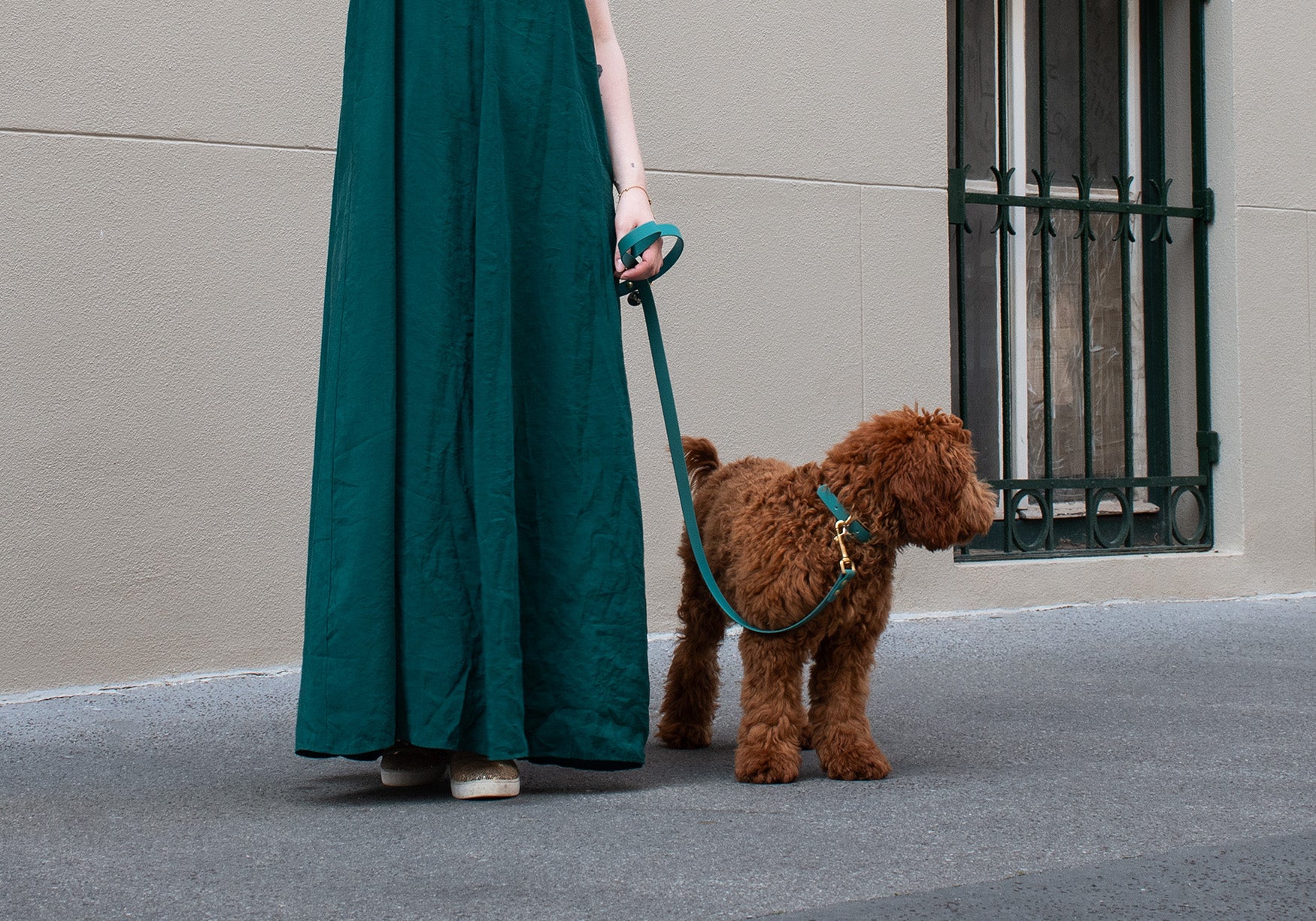
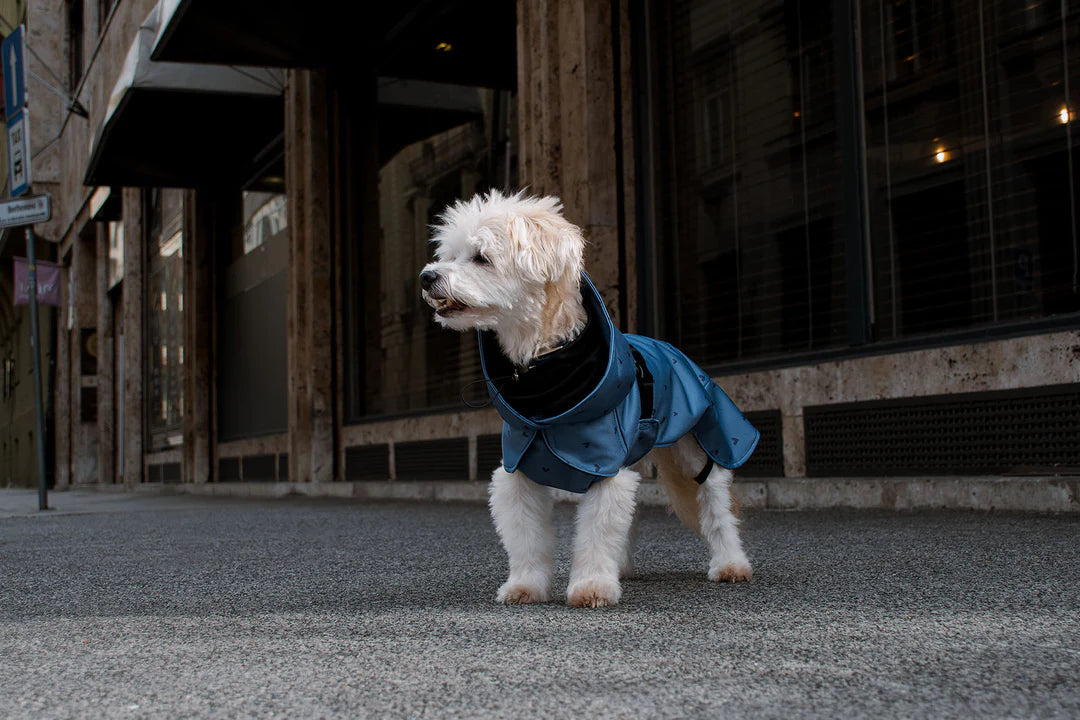
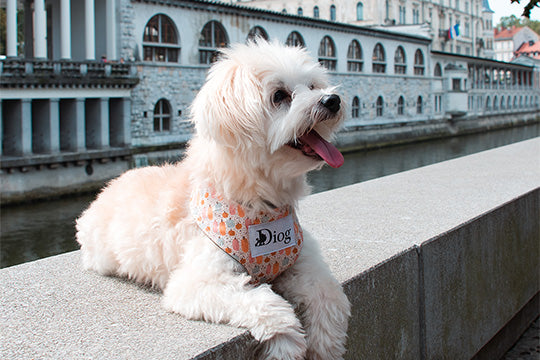
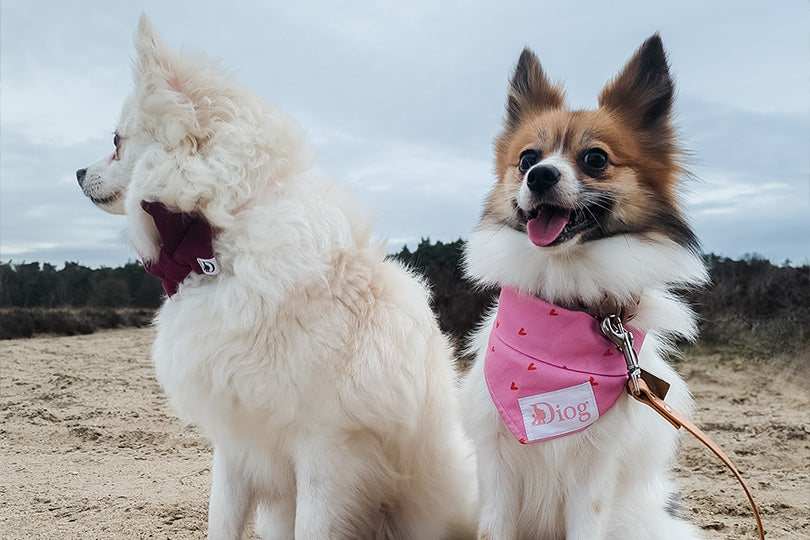
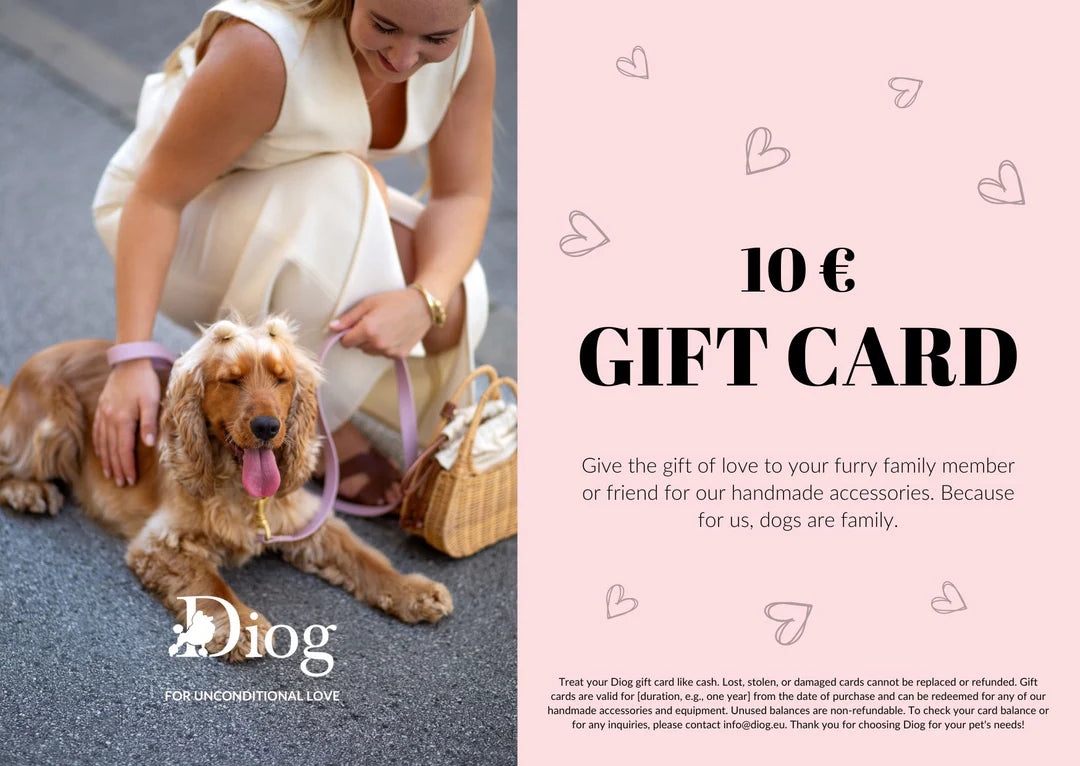
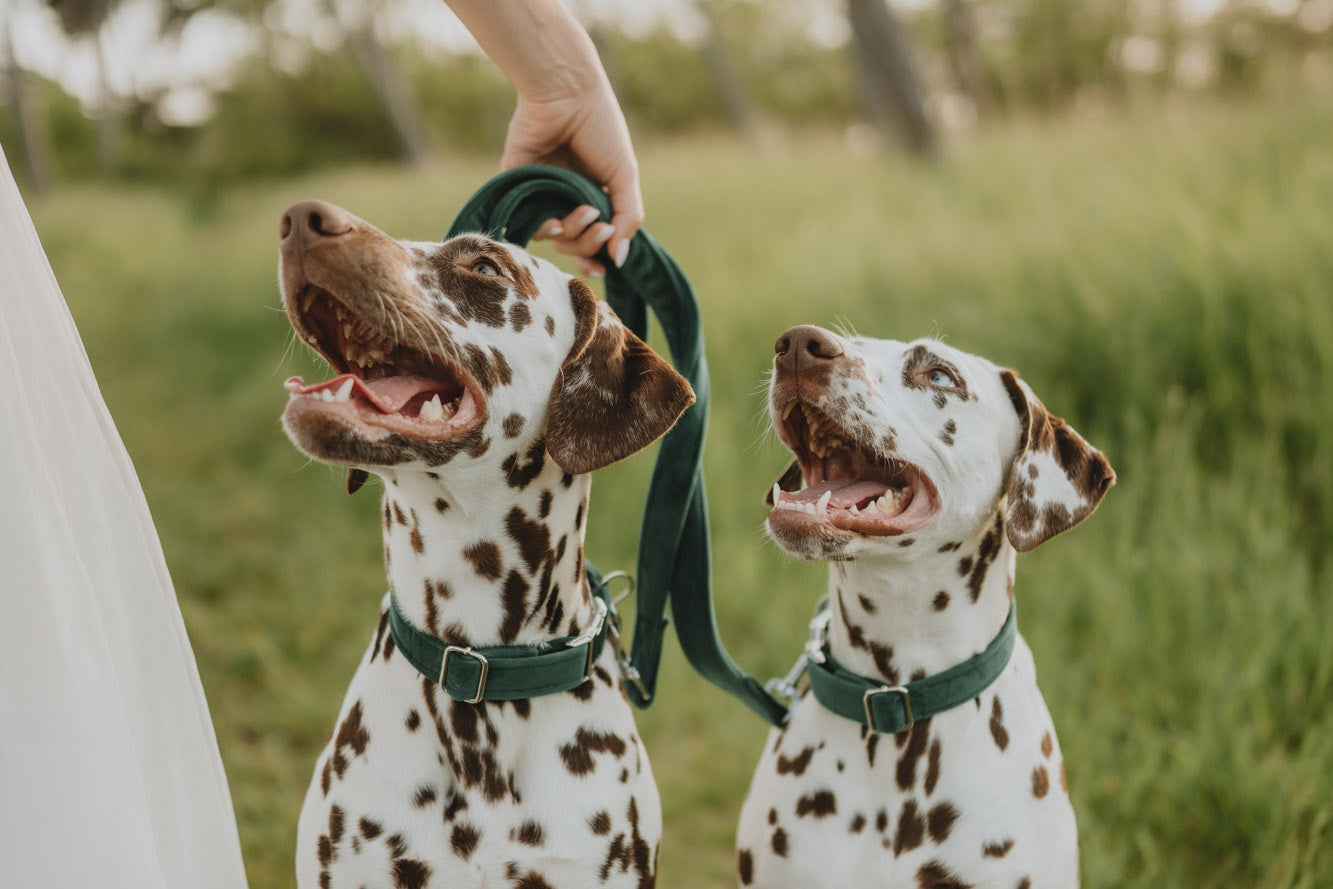
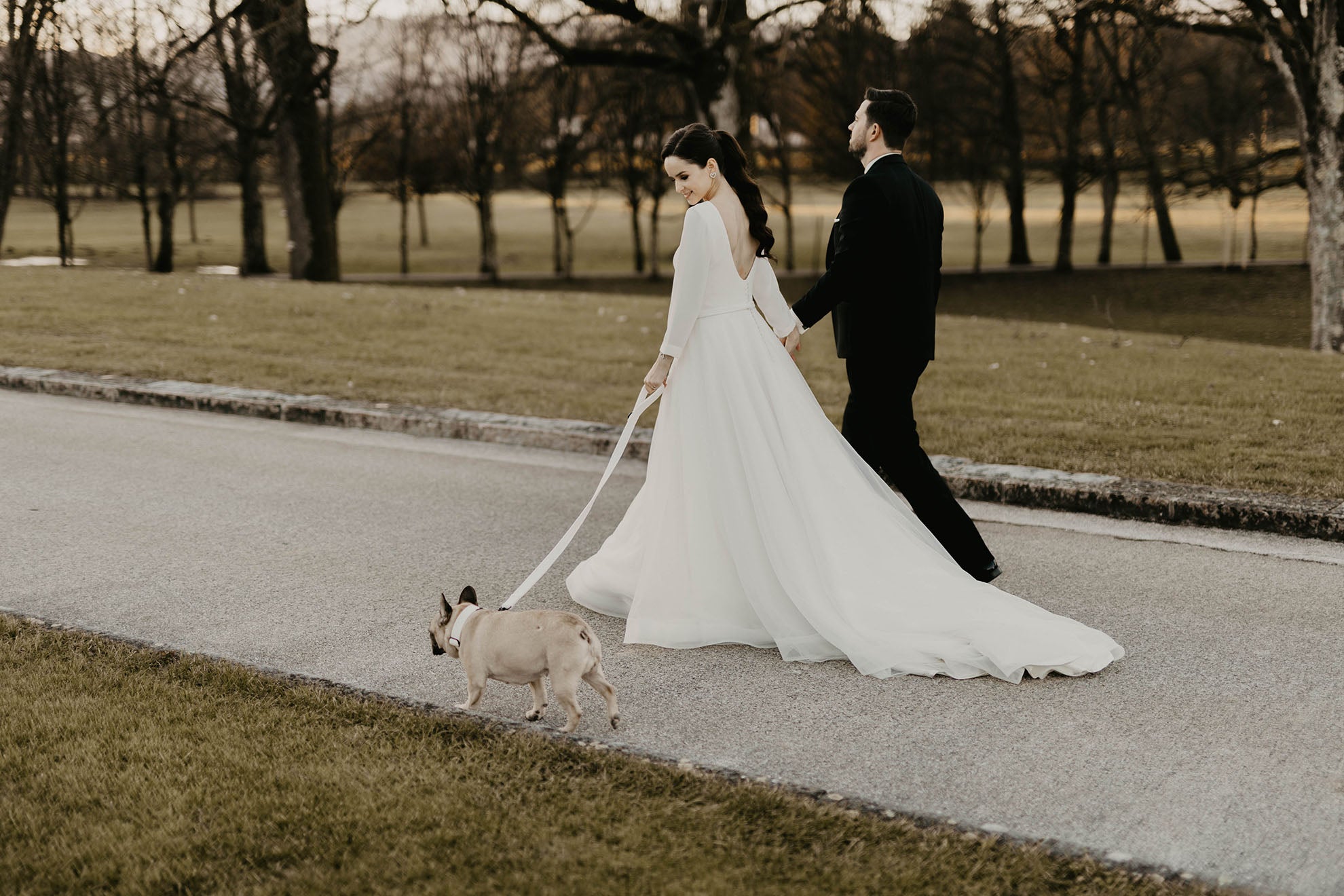
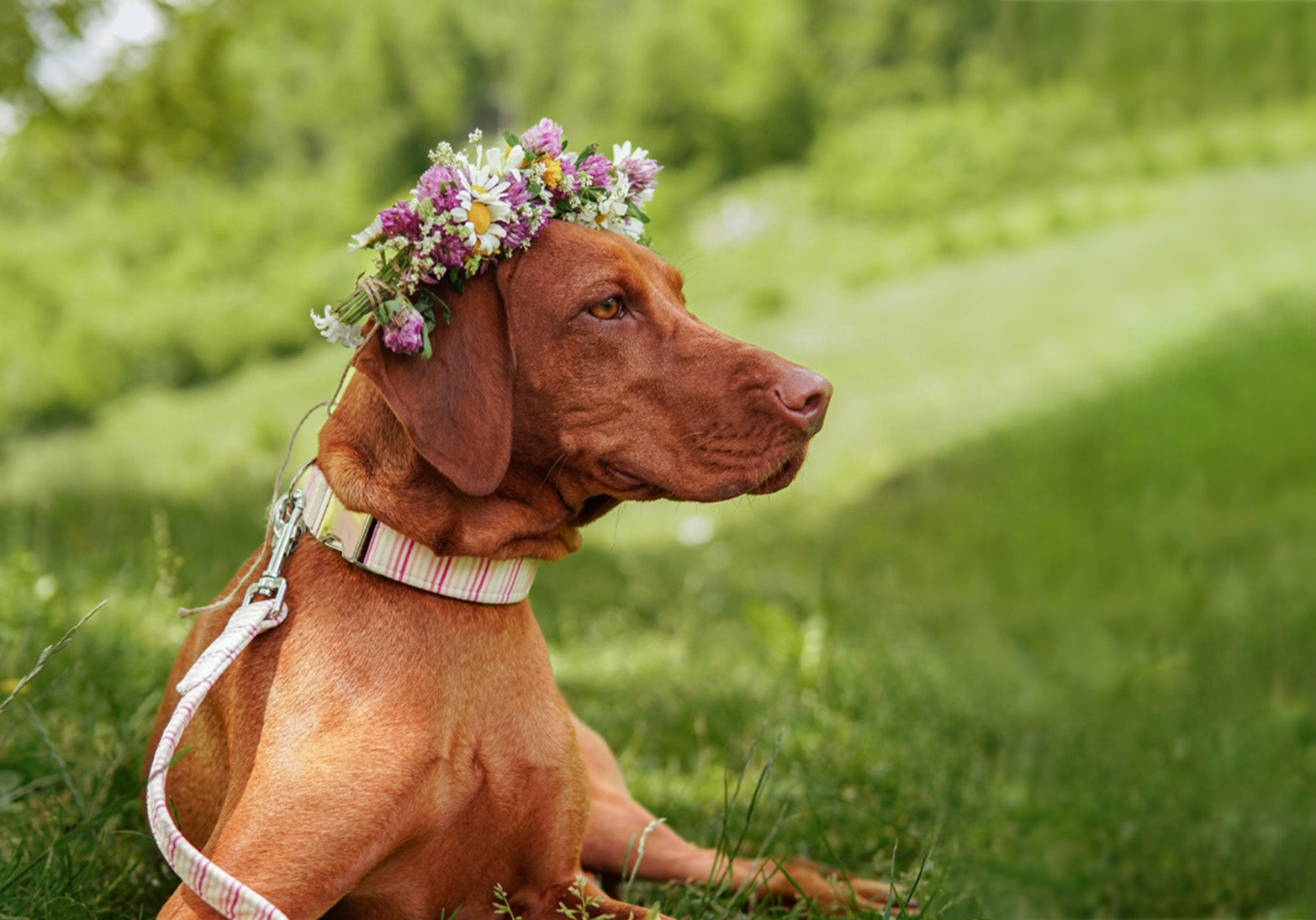
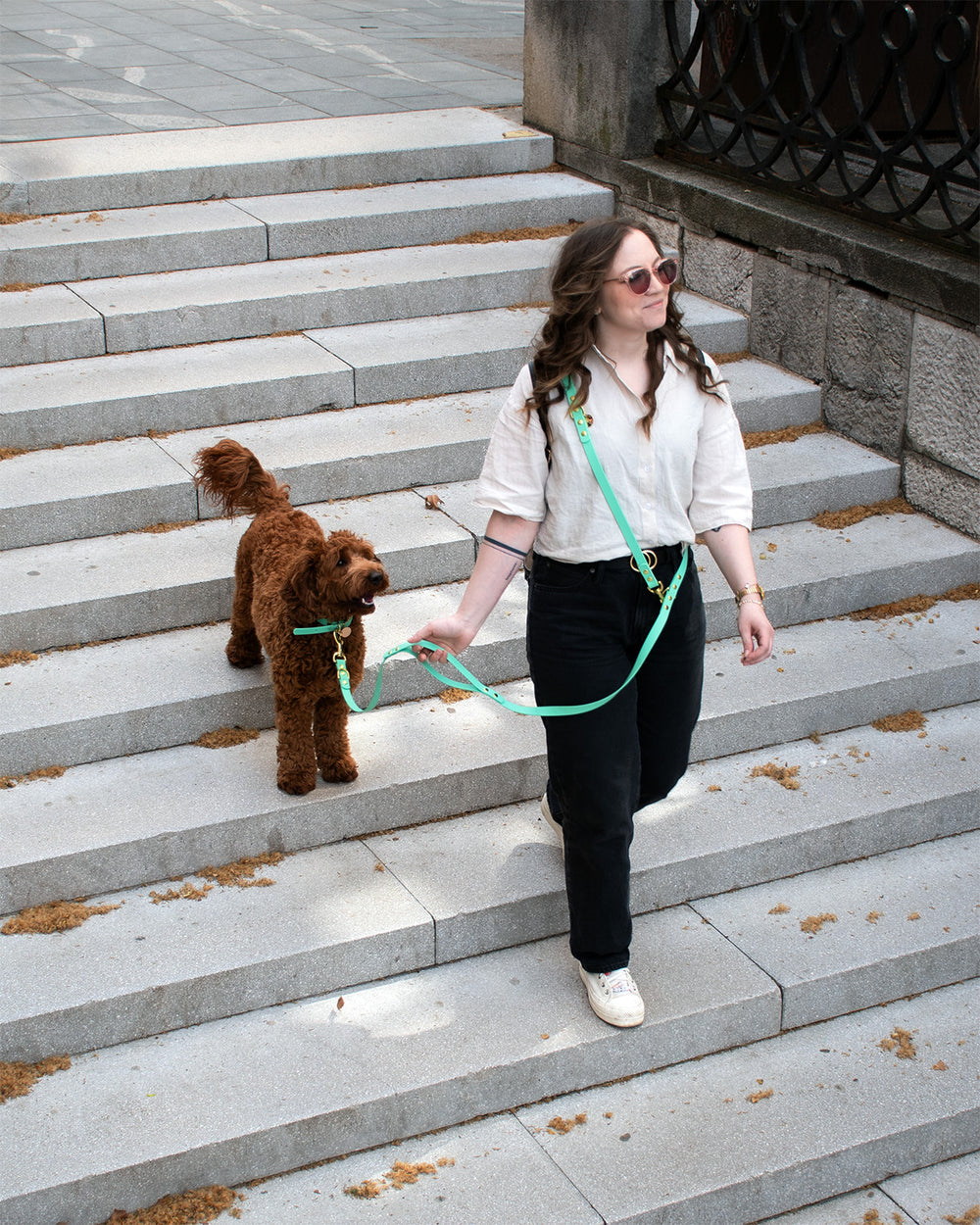
Leave a comment